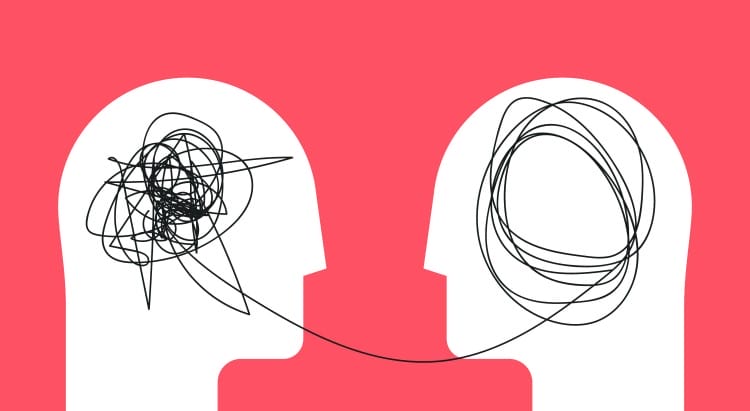One of the critical workforce issues during the pandemic is managing mental health as employees deal with the impact of remote work, reduced hours and restriction changes.
Videoconferencing fatigue, blurred lines between home and work life and fear of getting sick are challenges employees contend with as they navigate the pandemic. But as months passed, coping with changing restrictions added up to these issues.
In the U.S. alone, restrictions have changed over time in each state; some tightened while others eased up. Likewise, in the U.K., a national lockdown has been imposed again until Dec. 2 with restrictions likely to continue as the U.K. introduces a new tier system. More than the impact on operations, such changes also affect employees’ mental health. Employers need to ensure that staff can cope with being back at work when these lockdowns and restrictions are lifted.
Encourage employees to take time off
With working dynamics disrupted, employees need to have some space to recharge and cope.
Managers can stay on top of staff time off through a leave management solution. With this in place, approving leave requests and optimizing employee schedules based on who is available becomes easier and more efficient.
Adjust working patterns to reduce overworking and minimize contact
Rotate teams in groups to prevent overworking and minimize infection risks. The Workforce.com platform allows managers to create segmented teams to work on rotational schedules.
Also read: Staying resilient: 10 ways to use Workforce.com to manage the impact of COVID-19
Stay transparent and connected
It’s vital to make everyone feel that they’re part of a team. Transparency is vital to effective workforce management, especially during this time.
Keep your staff informed and ensure that communication lines are always open for them. Workforce.com’s chat feature allows for instant communication between teams or individuals. It can be used to share essential information, celebrate wins and milestones, and allow everyone to stay connected.
Another way to ensure transparency is by setting custom events via the Workforce.com platform. It’s ideal for communicating operational changes to the team, such as reduced business hours or scheduling changes. That information will be visible to the schedule and mobile app, making it easier for staff to stay in the loop.
Implement wellness action plans
A wellness action plan is a way to spot mental health issues and identify the type of support employees need from their managers and leaders. It acts as a framework for staff to recognize the steps they need to manage their mental health. At the same time, it opens up avenues for managers and employees to work through experiences, address issues and support the team’s overall wellbeing.
A wellness action plan should have approaches to promote mental health. It should also have ways to identify poor mental health, stress triggers, impact on performance, support needed from leaders, action steps for both employee and manager, and a regular schedule to review the plan.
Companies can also consider subscribing to wellness apps or services to better support their employees’ mental wellness. Services that offer virtual counseling services can help employees cope and process their feelings and experiences, especially during the pandemic.
Also read: How to recalibrate work dynamics and embrace digital transformation in a post-pandemic workplace
Establish a support system for leaders and managers
Managers and leaders are in a unique position of facing the pandemic and taking care of a team. They equally need a support system that will help them identify best practices for managing their teams. Forming groups or seeking out advice from mentors and other industry professionals is a good first step.
Constant communication and transparency helps bond a workforce, whether in the office or remotely. Keep your employees’ wellbeing in mind and keep in touch with Workforce.com’s Workforce Chat.










